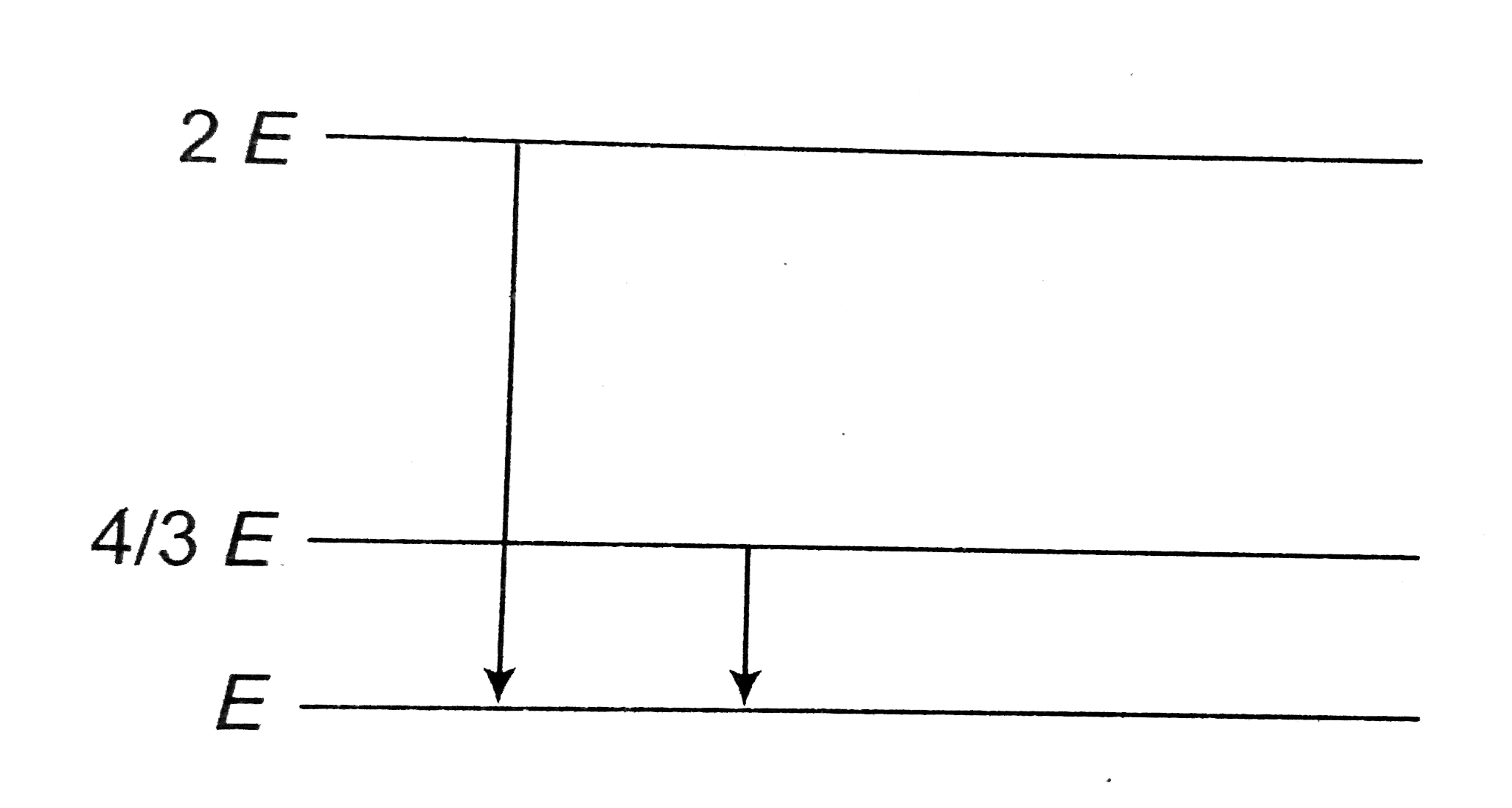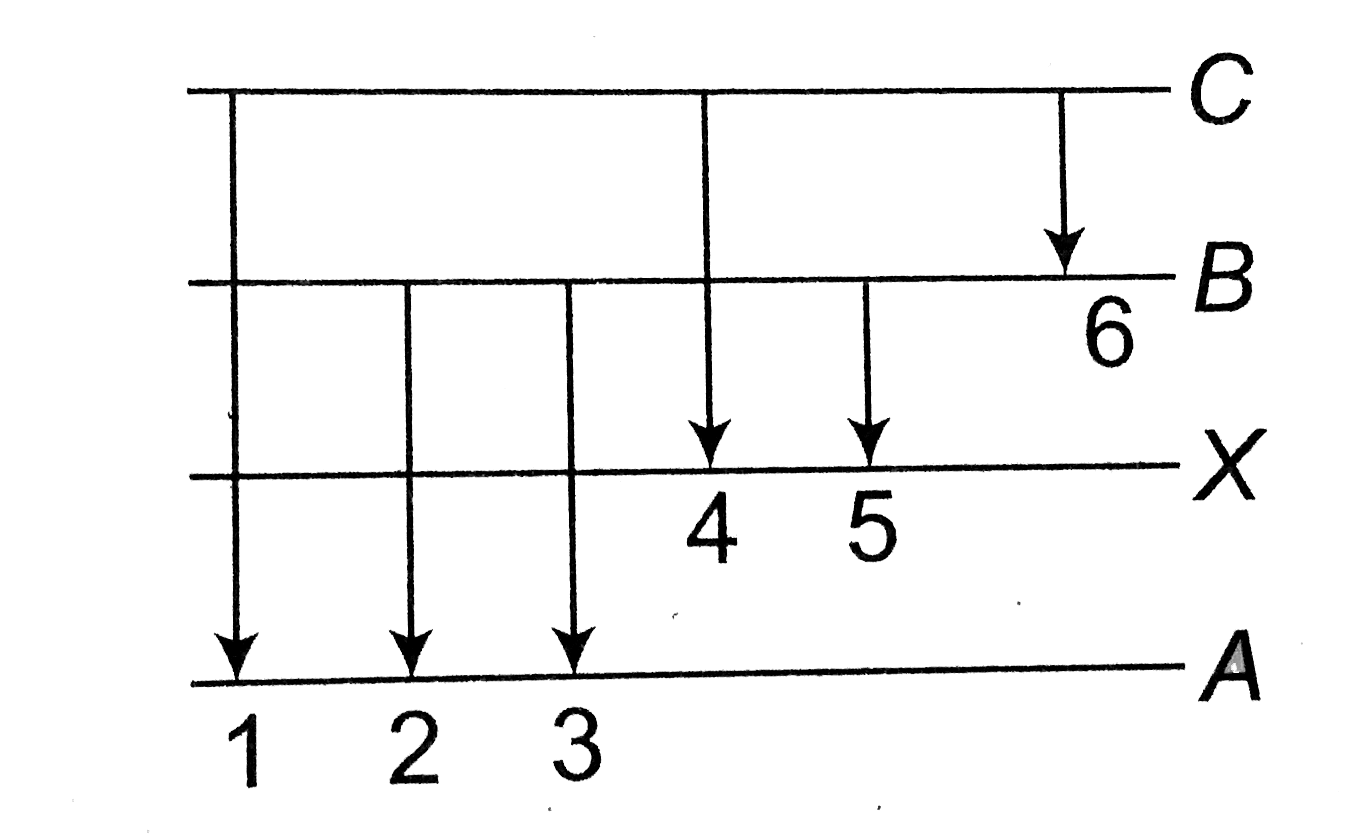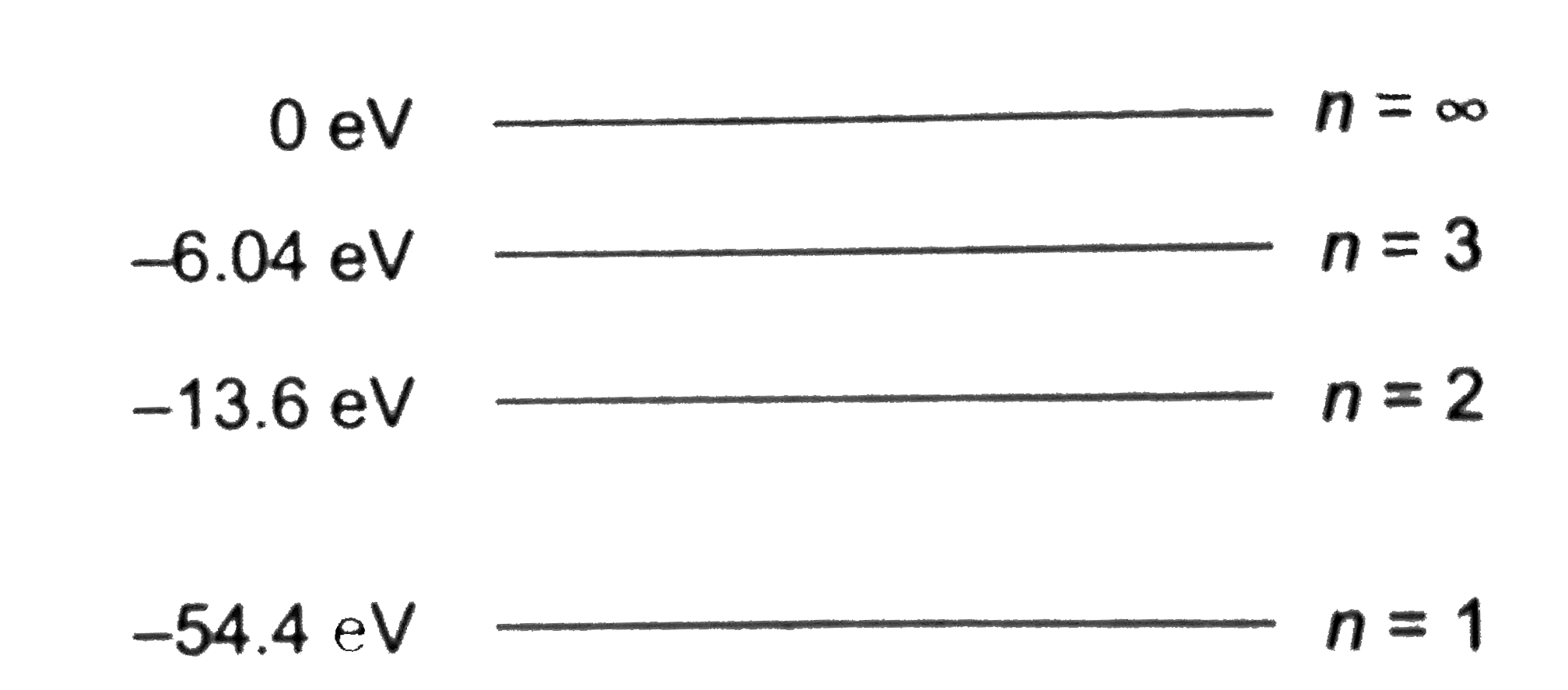AIPMT/NEET Questions from A2Z PHYSICS (HINGLISH) ATOMIC PHYSICS for Class 12
| Class 12 | PHYSICS |
| Chapter | ATOMIC PHYSICS |
| A2Z PHYSICS (HINGLISH) | AIPMT/NEET Questions |
| Medium | English |
| Academic Year | 2023-2024 |
Question 43
Which of the following statement is true regarding Bohr's model of hydrogen atom ?
(I) Orbiting speed of electrons decreases as if falls to discrete orbits away from the nucleus.
(II) Radii of allowed orbits of electrons are proportional to the principle quantum number.
(III) Frequency with which electrons orbit around the nucleus in discrete orbits is inversely proportional to the principle quantum number.
(IV) Binding force with which the electron is bound to the nucleus increases as it shifts to outer orbits.
Selected the correct answer using the codes given below: View SolutionQuestion 44
In the Bohr model of a hydrogen atom, the centripetal force is furnished by the Coulomb attraction between the proton and the electrons. If a0 is the radius of the ground state orbit, m is the mass and e I sthe charge on the electron and is the permittivity of vacuum, the speed of the elctron is :View SolutionQuestion 79
In the Bohr model of a hydrogen atom, the centripetal force is furnished by the Coulomb attraction between the proton and the electrons. If a0 is the radius of the ground state orbit, m is the mass and e is the charge on the electron and e0 is the vacuum permittivity, the speed of the electron is View SolutionQuestion 80
The electron in a hydrogen atom make a transition n1→n2 where n1andn2 are the principal quantum number of the two states . Assume the Bohr model to be valid . The time period of the electron in the initial state is eight time that in the final state . The possible values of n1andn2 are View SolutionQuestion 186
A cathode ray tube contains a pair of parallel metal plates 1.0cm apart and 3.0cm long. A narrow horizontal beam of electron with a velocity of 3×107ms−1 is passed down the tube midway between the two plates. When a potential difference of 550V is maintained across the plates, it is found that the electron beam is so deflected that it just strikes the end of one of the plates. then the specific change of an electron (that is, the ratio of its charge to mass) in C/kg is :View SolutionQuestion 187
In Millikan's oil drop experiment an oil drop of radius r and change Q is held in equilibrium between the plates of a charged parallel plate capacitor when the potential change is V. To keep a drop radius 2r and with a change 2Q is equilibriu between the plates the potential difference V' required is:View SolutionQuestion 198
An electron in hydrogen atom after absorbing an energy photon jumps from energy state n1 to n2. Then it returns to ground state after emitting six different wavelength in emission spectrum. The energy of emitted photons is either equal to, less than or greater than the absorbed photons. then n1 and n2 areView SolutionQuestion 205
Electrons in a sample of gas containing hydrogen-like atom (Z=3) are in fourth excited state. When photons emitted only due to transition from third excited state to second excited state are incident on a metal plate photoelectorns are ejected. The stopping potential for these photoelectorns is 3.95eV. now, if only photons emitted due to transition from fourth excited state to third excited state are incident on the same metal plate, the stopping potential for the emitted photoelectrons will be appoximetely equal to View SolutionQuestion 208
Imagine an atom made up of a proton and a hypotnerical particle of double the mass of the electron but having the same charge as the electron. Apply the Bohr atom model and consider all possible transitions of this hypotnetical photon that will be emitted has wavelength λ (given in terms of the Rydberg constant R for the hydrogen atom) equal to View SolutionQuestion 213
Two hydrogen atoms are in excited state with electrons inn=2 state.First one is moving to wards left and emits a photon.' of energy E1 towards right. Second one is moving towards right with same speed and emits a photon of energy E2 towards right. Taking recoil of nucleus.into account during_emission process :View SolutionQuestion 214
A hydrogen like atom with atomic number Z is in an excited state of quantum number 2n. It can emit a maximum energy photon of 204 eV. If it makes a transition to quantum state n, a photon of energy 40.8 eV is emitted. Find n, Z and the ground state energy (in eV) of this atom. Also calculate the minimum energy (in eV) that can be emitted by this atom during de-excitation. Ground state energy of hydrogen atom is – 13. 6 eV.View SolutionQuestion 215
Consider a hydrogen-like atom whose energy in nth excited state is given by
En=13.6Z2n2
When this excited makes a transition from excited state to ground state , most energetic photons have energy
Emax=52.224eV. and least energetic photons have energy
Emax=1.224eV
Find the atomic number of atom and the intial state or excitation.View SolutionQuestion 220
In a sample of hydrogen-like atom all of which are in ground state, a photon beam containing photos of various energies is passed. In absorption spectrum, five dark lines, are observed. The number of bright lines in the emission spectrum will be (assume that all transitions takes place).View SolutionQuestion 221
A monochromatic radiation of wavelength λ is incident on a sample containing He+. As a result the Helium sample stars radiating. A part of this radiation is allowed to pass through a sample of atomic hydrogen gas in ground state. It is noticed that the hydrogen sample has stared emitting electrons whose maximum kinetic energy is 37.4eV.
(hc=12400eVÅ). Then λ isView SolutionQuestion 228
Imagine an atom made of a proton and a hypothetical particle of double the mass of the electron but having the same change as the electron. Apply the Bohr atom model and consider all possible transitions of this hypothetical particle of the first excited level. the longest wavelength photon that will be emitted has wavelength [given in terms of the Rydberg constant R for the hydrogen atom] equal to View SolutionQuestion 230
Assertion: The electron in the hydrogen atom passes from energy level n=4 to the n=1 level. The maximum and minimum number of photon that can be emitted are six and one respectively.
Reason: The photons are emitted when electron make a transtition from the higher energy state to the lower energy state.View SolutionQuestion 237
Assertion: The electron in the hydrogen atom passes from energy level n=4 to the n=1 level. The maximum and minimum number of photon that can be emitted are six and one respectively.
Reason: The photons are emitted when electron make a transtition from the higher energy state to the lower energy state.View SolutionQuestion 241
Assertion: In the duration electron jumps from fist excited state to ground state in a stationary isolated hydrogen atom, angular momentum of the electron about the nucleus is conserved.
Reason: As the electron jumps from first excited state to ground state, in a hydrogen atom, the electrostatic force on electron is always directed towards the nucleus.View SolutionQuestion 284
Assertion: The electron in the hydrogen atom passes from energy level n=4 to the n=1 level. The maximum and minimum number of photon that can be emitted are six and one respectively.
Reason: The photons are emitted when electron make a transtition from the higher energy state to the lower energy state.View SolutionQuestion 294
A hydrogen like atom with atomic number Z is in an excited state of quantum number 2n. It can emit a maximum energy photon of 204 eV. If it makes a transition ot quantum state n, a photon of energy 40.8 eV is emitted. Find n, Z and the ground state energy (in eV) of this atom. Also calculate the minimum energy (in eV) that can be emitted by this atom during de-excitation. Ground state energy of hydrogen atom is – 13. 6 eV.View SolutionQuestion 310
The electron in a hydrogen atom makes a transition n1→n2, where n1 and n2 are the principle quantum numbers of the two states. Assume the Bohr model to be valid. The time period of the electron in the initial state is eight times that in the final state. the possible values of n1 and n2 are View Solution











